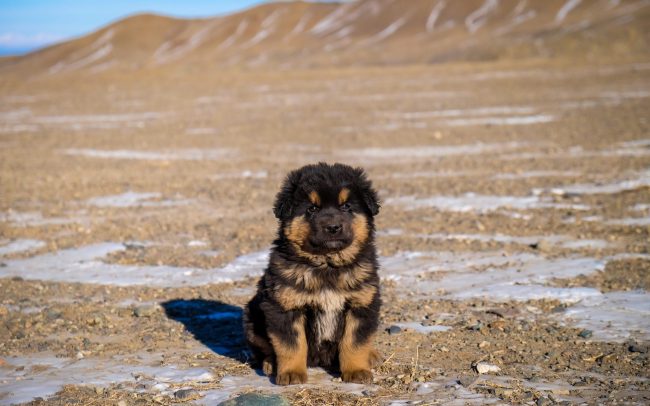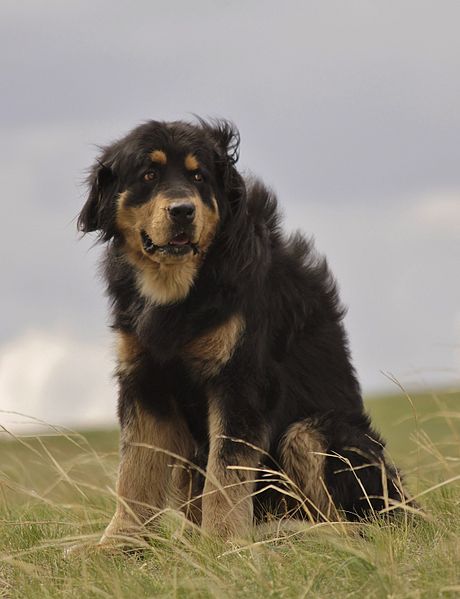
Many of us who love our dogs are certain that they have a spiritual essence – a soul, if you will. Furthermore, a study conducted in 2016 by a team from the North Carolina State found that of 800 survey respondents, 59 percent believe in an afterlife for humans, and of those, 75 percent believe the same is true for animals.
In Mongolia, a Livestock Guardian Dog named the Mongolian Bankhar has been used for centuries to watch over the “five snouts” of agricultural life: Yaks, sheep, goats, horses and camels. Bankhars have been an integral part of the lives of nomadic families, and the source of great pride. Mongolians consider these dogs to be of the “same spirit” as humans, and as such, they are the only animals that are given names. A new Bankhar joining a shepherd’s family will be fed milk which is believed to bind the dog to the soul of the family. Sometimes, milk is sprinkled on the dog, its name said into its ear in a whisper so as to avoid the notice of evil spirits who may cause the dog or family to have bad luck or come to harm.

Photo by Аркадий Зарубин is shared under the Creative Commons Attribution-Share Alike 3.0 Unported license
Making the dog even more of a Mongolian icon is DNA analysis conducted by Cornell researchers in 2015 which pointed to Mongolia as the location where domesticated dogs first appeared some 15,000 years ago.
The passing of a Bankhar, then, is marked with tradition. A secluded mountain top spot is found, this so that the dog is closer to the gods, and to keep people from treading over his or her bones. The dog’s head is laid to rest with his head pointed in the direction of the place in which he was born. Sometimes, a last gift is given to the dog in the way of shar-tos put into his mouth, a yellow oil that resembles butter.
Though it may seem shocking to Westerners, the deceased dog’s tail is cut off and placed under his head in the belief that he will be reincarnated as a human, and thus, won’t need a tail that would only serve to embarrass him. The last rite is concluded by walking around the burial site three times, and then leaving without looking back.
The loss of a dog is significant given how limited the Bankhar population is, though the Mongolian Bankhar Dog Project has sought to remedy this. Started by American, Bruce Elfström, in 2012, the U.S.-Mongolian NGO has been reintroducing Bankhars to nomadic families to help keep away livestock-attacking predators. It has been a win/win proposition: The dogs successfully protect livestock, and the predators that would prey on them are kept from getting trapped or shot by herders protecting their livelihoods. Some of these predators are limited in numbers, themselves: Snow leopards, wolves, and eagles.
We should mention that as of this writing, Bankhar dogs are not considered to be a “breed,” but a type of dog shaped through thousands of years of coevolution with humans — a landrace. We include them on these pages becauses many of today’s breeds were once considered landraces until someone realized they’d been breeding true for a very long time.
A recent update on the project can be read here.
Image: Mongolian Bankhar puppy in desert by Nuttee/AdobeStockPhoto
